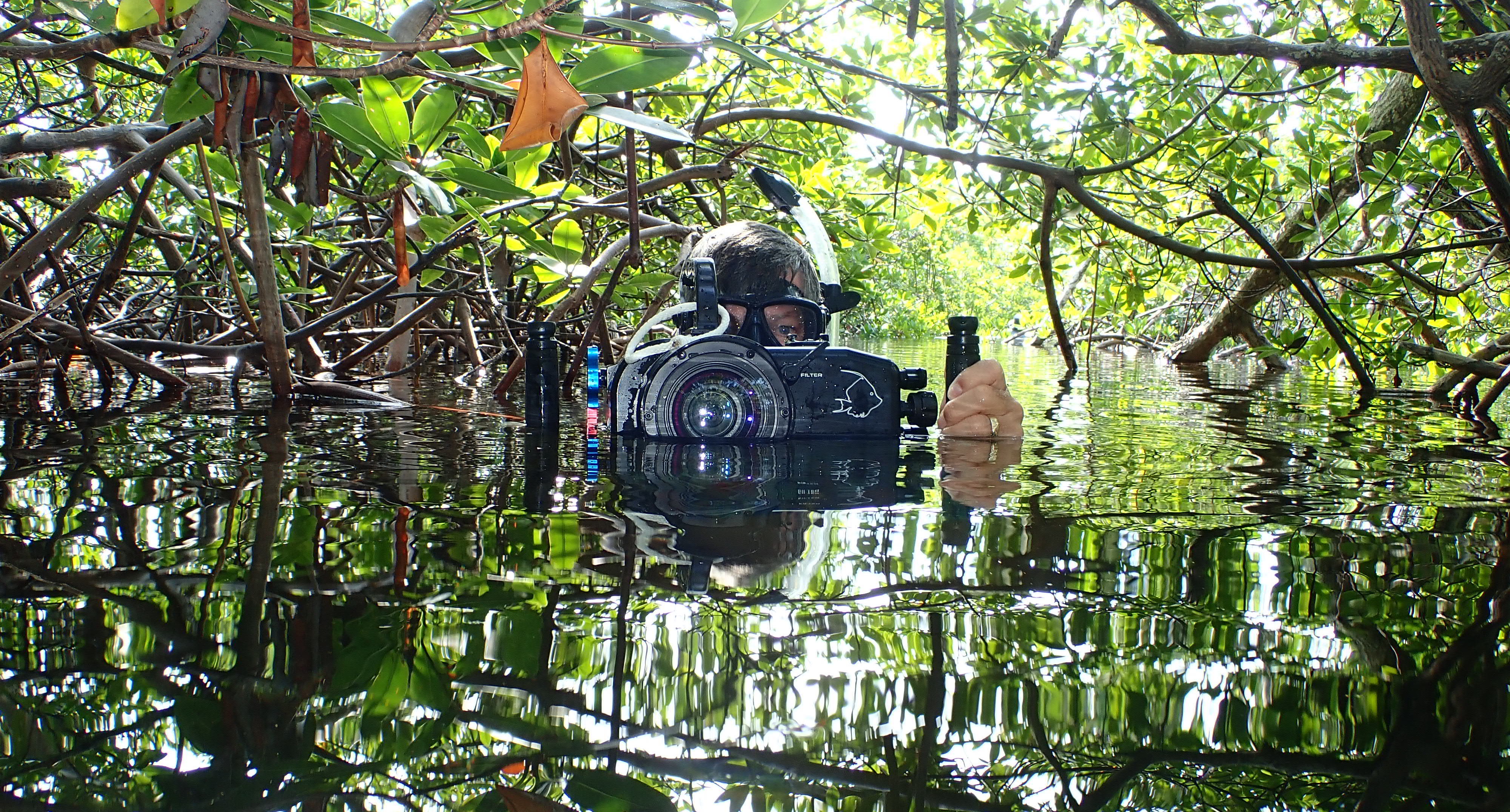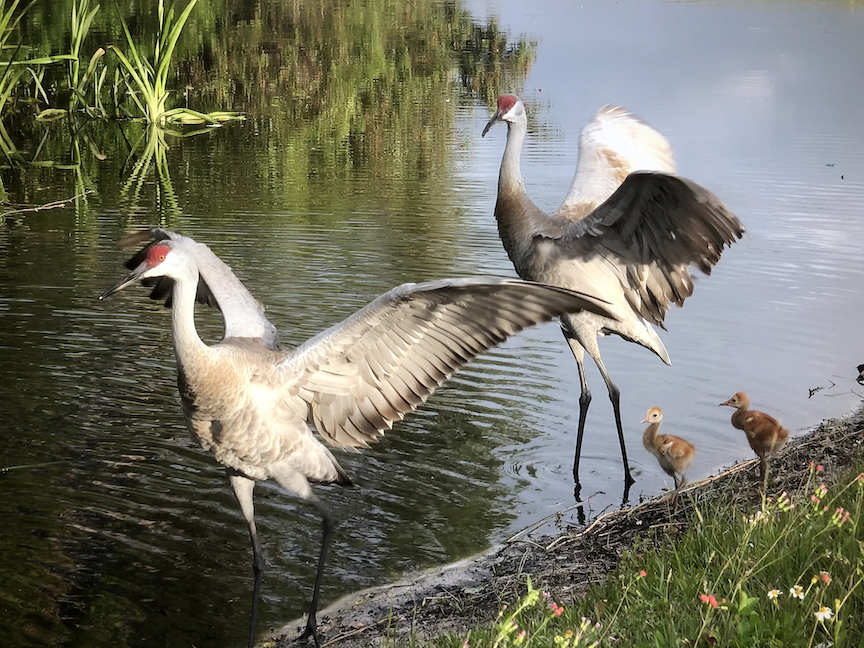
Urban ponds, or retention ponds as they are called in Florida, are a microcosm for aquatic, terrestrial, and avian creatures. Engineers design these catch basins into human-planned communities to hold rainwater runoff from streets during storms. The unintended benefit for wildlife is that each pond becomes its own ecosystem supporting a myriad of life. But, these ponds are far from idyllic and wildlife residing in them must be resilient! Wild rural plains and wetlands are protected and remain an ecological resource for fish, amphibians, wading birds, waterfowl, and other species that call these regions home. Urban ponds do not have the protection benefits of these other ecosystems. Urban trash, residential pesticides, and automotive pollutants routinely find their way into these ponds. Still, animals thrive in these urban ponds. Why? The scope of this project could be broad but my goal is to show the lifecycle of the urban pond and that animals which still thrive here in spite of pollution. These ponds have their own ebb and flow of life—from the tiniest micro-organisms to the macro fauna birds, reptiles, and fish—that all rely on the ephemeral existence of pond water.
This documentary short story is suited to a first-person narrative with an observational style rather than a heavily researched exposition on animal biology and relationships, water quality, and the science of pollution, runoff, and anthropogenic effects. The storyboard and script use techniques inclusive of over the shoulder wide shots of me filming and observing the pond’s non-human residents and migrants, as well as POV shots, close-up and wide angles of me preparing the camera gear, and the pond life seasonally. The goal is that I (as observer) am part of the story using some establishing shots but I am not the focal point, neither are the other animals the main point. Rather, the urban pond is the focal point. Most of the story is told visually and through a very brief narrative that I provide. There will be no on-camera talking heads.

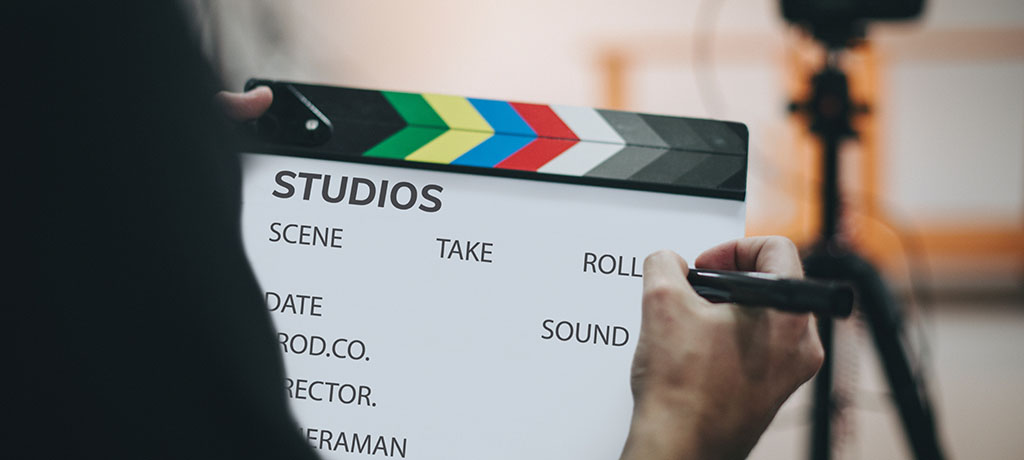
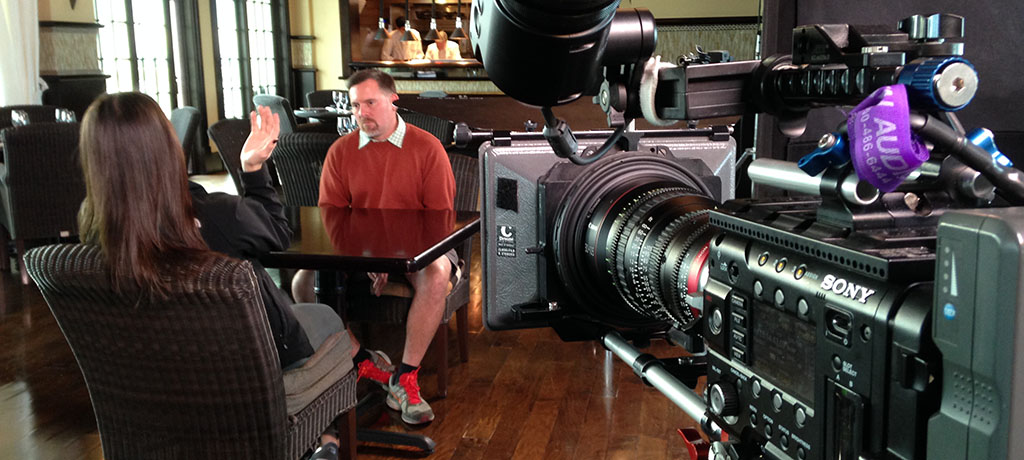
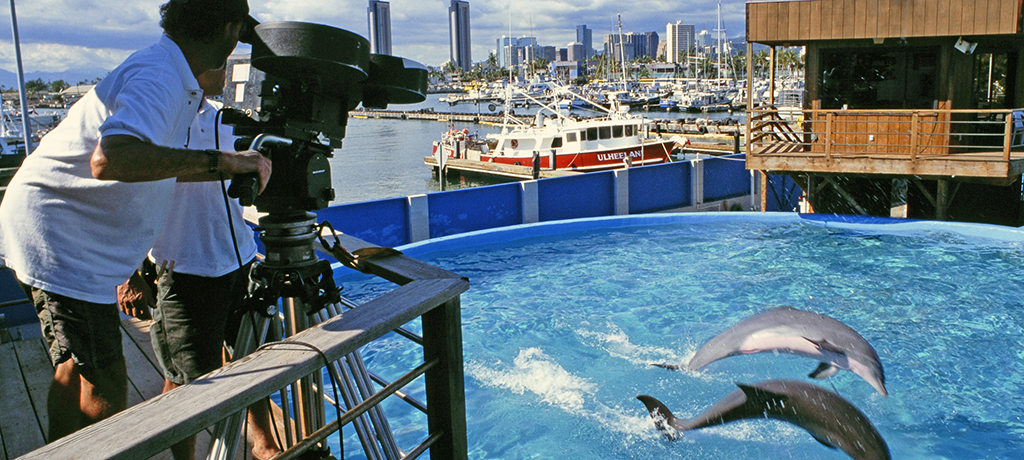

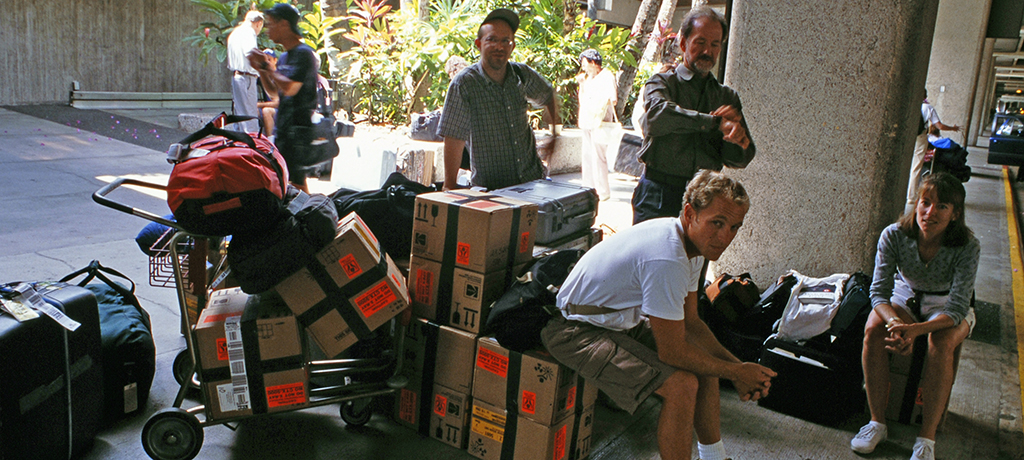
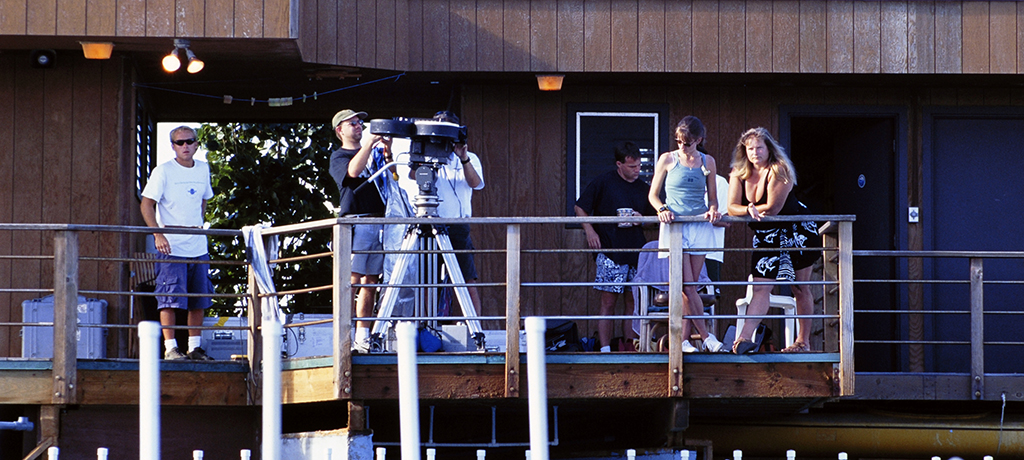
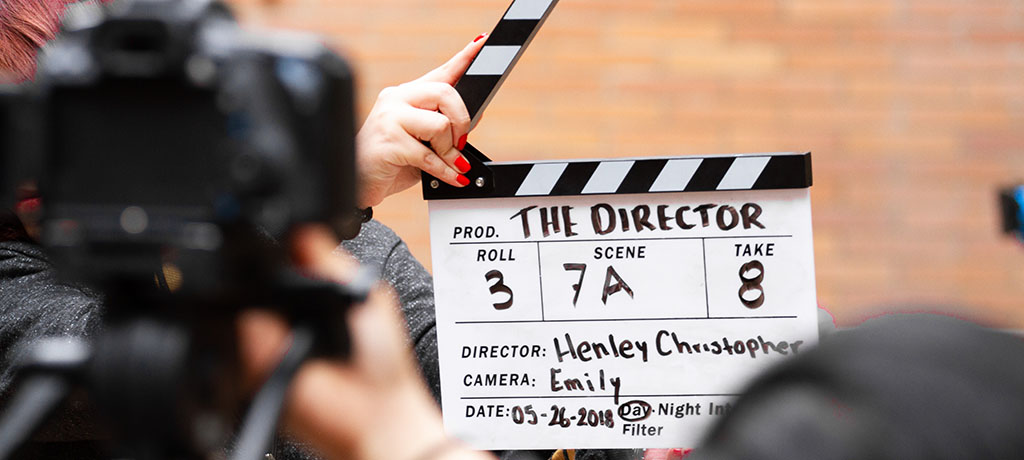
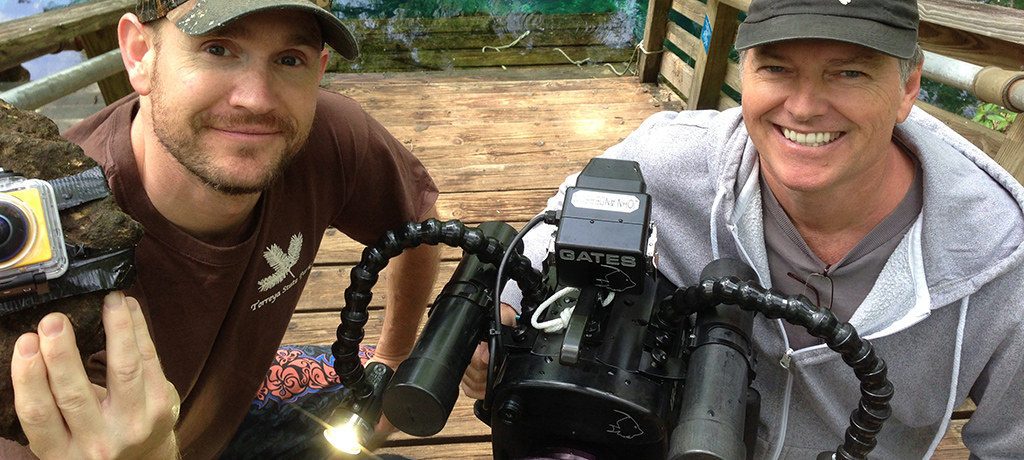
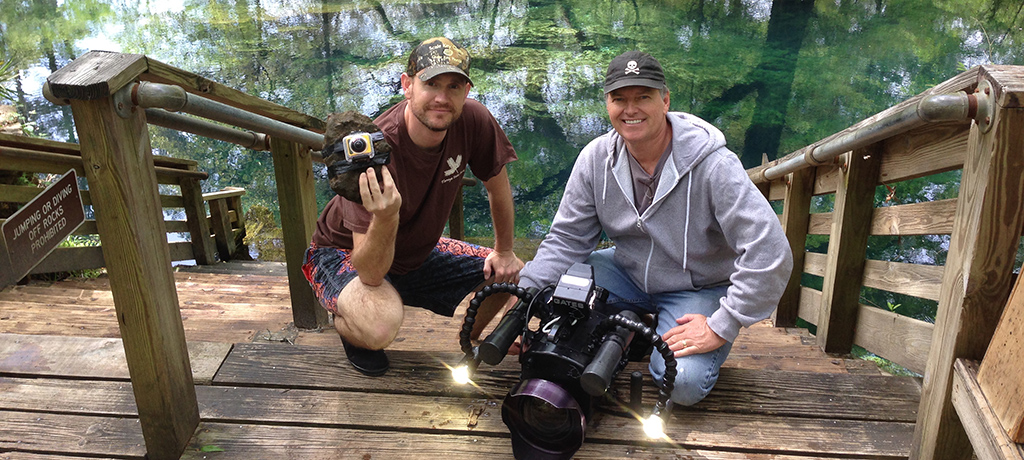
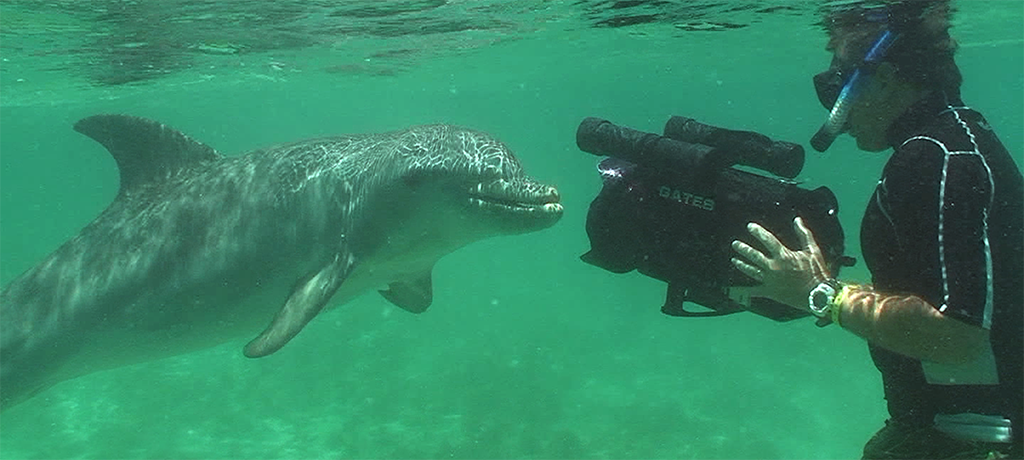
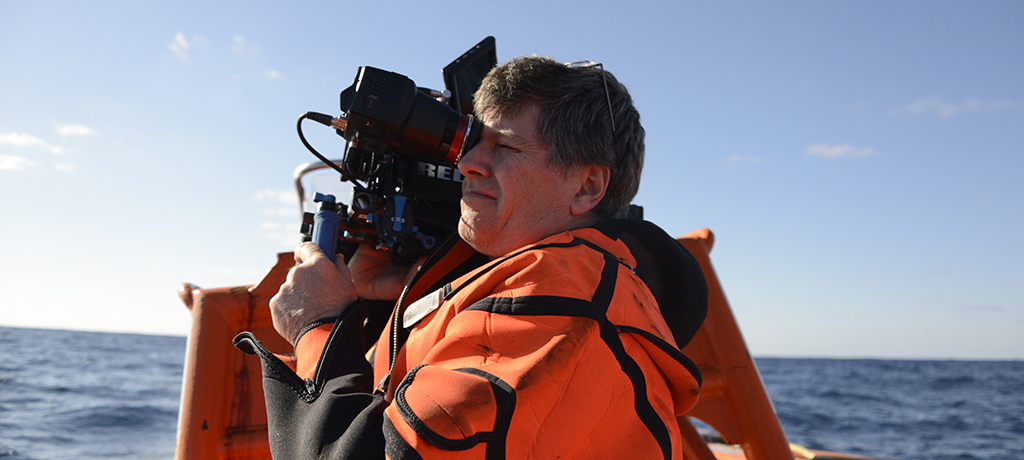
.jpg)
